‘Living in Color’ raises awareness of diversity
This first year seminar focuses on the experiences of minorities in the U.S. through the study of art
Students in “Living in Color” visit the Southeastern Center for Community Art to view the Black@Intersection exhibit as part of their curriculum.
April 7, 2022
It was six years ago when Dr. Teresa Sanhueza, a Spanish professor at Wake Forest since 1996, and her former colleague John Friedenberg in the Department of Theater, came up with the idea of teaching a First Year Seminar that focused on the experiences of minorities in the United States.
What emerged was a First Year Seminar entitled “Living in Color: The Experiences of Minorities in the US through Art”, a class dedicated to raising freshmen’s awareness of diversity and inclusion issues.
“In our years here, we have seen more diversity at Wake Forest,” Sanhueza said regarding her and Friedenberg’s initial thinking behind the course. “The inclusion part was not doing very well.”
Originally focusing on Sanhueza and Friedenberg’s shared knowledge of theater, the class began in the Spring 2017 semester as a course designed to teach students about the challenges faced by minorities through the lens of theater. Students were taught course material with the supplementation of theater and were expected to collectively write and perform a play as a final project to conclude the semester.
The onset of the COVID-19 pandemic in 2020 — as well as Friedenberg’s retirement around the same time — prompted Sanhueza to rethink the design of the course when it came time to teach it alone for the first time. Since then, the students’ final project has been an art exhibit instead of a self-written play.
Additionally, Sanhueza changes the content of the course to some extent every semester. This semester, the focus is on the experiences of Black and Hispanic minority communities.
The perspectives that have been brought into the course — whether that be Sanhueza’s own as a Latin American immigrant, Friedenberg’s as a white, middle-class man, or those of the students themselves — have allowed the course to take shape.
“I think what we have as a result of this is a student population that’s much more aware of what’s going on and now aware of the city in which they are going to live for three more years,” Sanhueza said.
To raise her class’s awareness of the community, Sanhueza has had the opportunity to take her students on field trips off-campus in the larger Winston-Salem community. Sanhueza has also invited two professors from Winston-Salem State University (WSSU) to speak about housing issues and criminal justice.
This semester’s field trips, funded via grants from the Interdisciplinary Arts Center, the Dean’s Office and the Humanities Institute, included a visit to the oldest African American community in North Carolina, Happy Hill, as well as the Southeastern Center for Community Art (SECCA) to view the Black@Intersection Exhibit.
“I really like going off-campus, getting a new experience and meeting new people,” freshman Kamille Coleman, who is in the class, said.
Aside from field trips and guest speakers, day-to-day coursework and readings have allowed the class to conduct discussions on race, class and privilege through the lens of various perspectives.
“Living in Color” this semester kicked off with a few weeks of material related to general concepts and ideas, such as race and class, that are needed to discuss the upcoming topics, a minority voices unit and a unit on Winston-Salem. Students showcase their knowledge throughout the semester in the form of papers, presentations and their collective final project.
Freshman Lisi Chapin was first inspired to take the class when she met one of the course’s two teaching assistants, volunteers who had taken the course in a previous semester and had been asked by Sanhueza to help out with this semester’s cohort of students.
“It’s a class everyone should have to take, it’s amazing,” Chapin said. “Out of all my classes here, my FYS is probably the most important class I’ve taken here.”
Sanhueza does not believe her class is a silver bullet for solving every issue about diversity, equity and inclusion, but she is hopeful about what she has seen in her class these past few years.
“We’re not going to be able to cure racism,” Sanhueza said. “But maybe we can do something about it and we can definitely make Wake Forest a better place.”


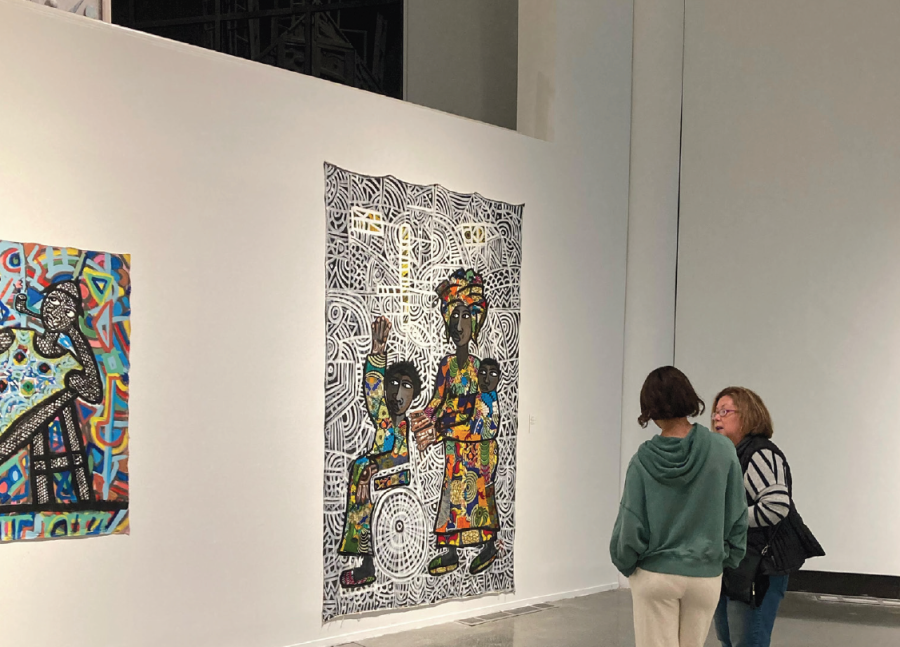
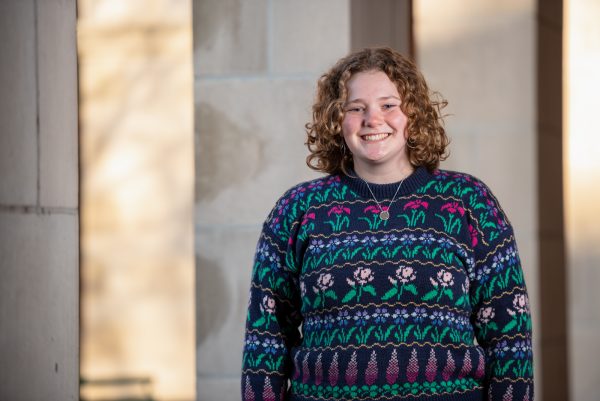










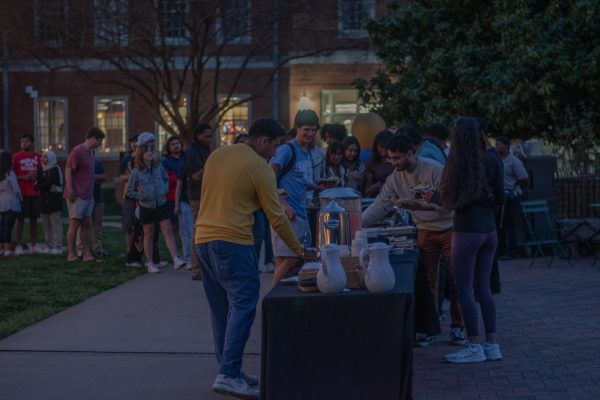


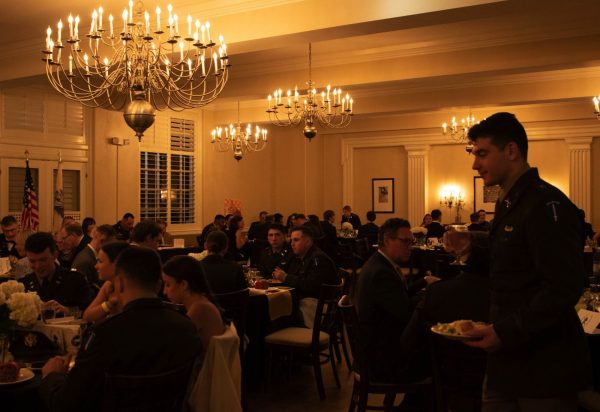
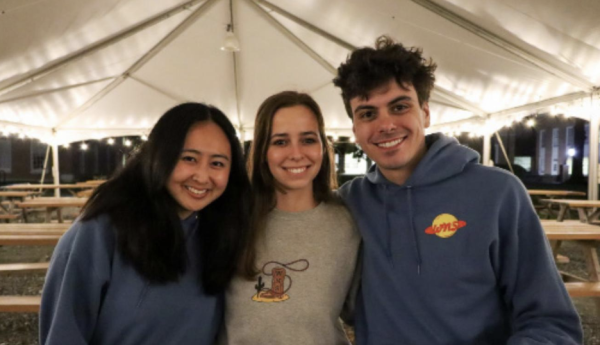
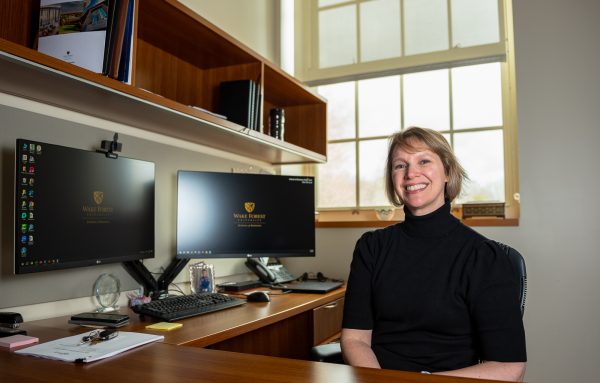


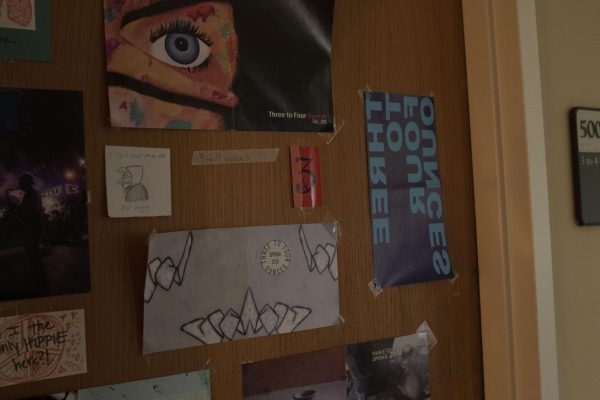
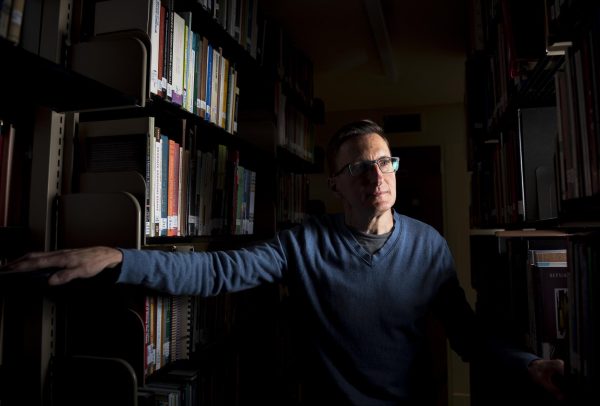
Jermell Williams • Apr 13, 2022 at 2:01 am
Oh my God with the Diversity…
Diversity is not a strength. We (black people) are racist just like everyone else.